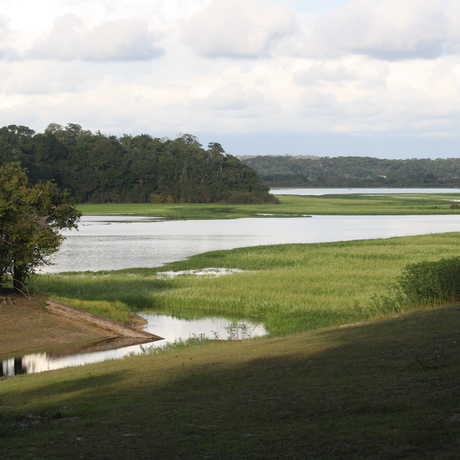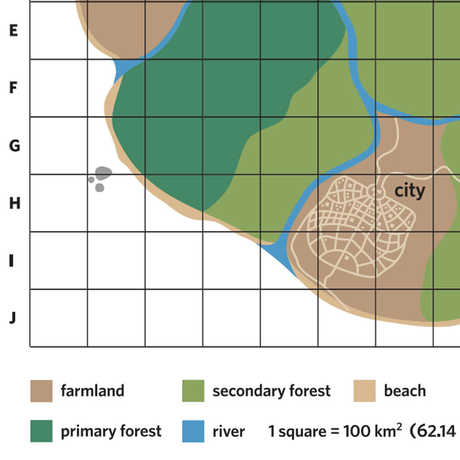Rainfall: The word “rainforest” clearly implies the fact that these are the some of the world’s wettest ecosystems. Tropical rainforests around the world have high humidity, about 88% during the wet season and about 77% in the dry season (ucsb.edu). Although the amount of rainfall varies for different years and different rainforests, generally rainforests receive very high rainfall each year. For example, South America’s tropical rainforests receive an average of 2300cm (905 inches) of rain in a typical year (Forsyth). In comparison, San Francisco receives only about 58 centimeters (23 inches) of rain per year (usclimatedata.com). Despite relatively consistent rain in these ecosystems, there are distinct dry seasons in some rainforests. Tropical rainforests’ wet and dry seasons vary in their timing, duration and severity around the globe.
Temperature: Tropical rainforests, found in the equatorial region between the Tropic of Cancer (23°27’N) and the Tropic of Capricorn (23°27’S), have high year-round temperatures. A typical daytime temperature in tropical rainforests is 29°C (85°F) although temperatures can be much higher. Because the tropics are in the center of the globe and do not tilt dramatically toward or away from the sun during any season, like temperate regions of the earth do, they receive direct and consistent radiation. This steady flow of radiation from the sun produces consistently high temperatures throughout the year. In the majority of tropical rainforests, there is at most a 5°C difference in temperature between the seasons.
Soil Composition: Because of the tremendous amount and diversity of foliage in tropical rainforests, many people think that rainforest soils are rich with nutrients. In fact, rainforest soils are nutrient-poor. The large amount of rain means that any nutrients released into the soil via decomposition are not stored in the soil for long. Rainwater seeps into the ground and leaches nutrients from the soil. Another reason that nutrients are not stored in the soil for long is the extremely rapid rate of decomposition found in rainforest ecosystems. The high diversity of decomposers, such as bacteria, fungi, and insects, coupled with the high humidity and temperatures of tropical rainforests accelerate the decomposition process. The nutrients released by decomposition are quickly taken up by plants, instead of being stored in the soil.
Biodiversity: Biodiversity is a measure of the total variety of organisms in nature. It can be described at many scales including ecosystem biodiversity, species biodiversity, and genetic biodiversity. Species biodiversity is the easiest to comprehend, and is the scale on which we focus this activity. Species diversity varies greatly from place to place around the globe. Tropical rainforests are areas of extremely high biodiversity as compared with other ecosystems.



